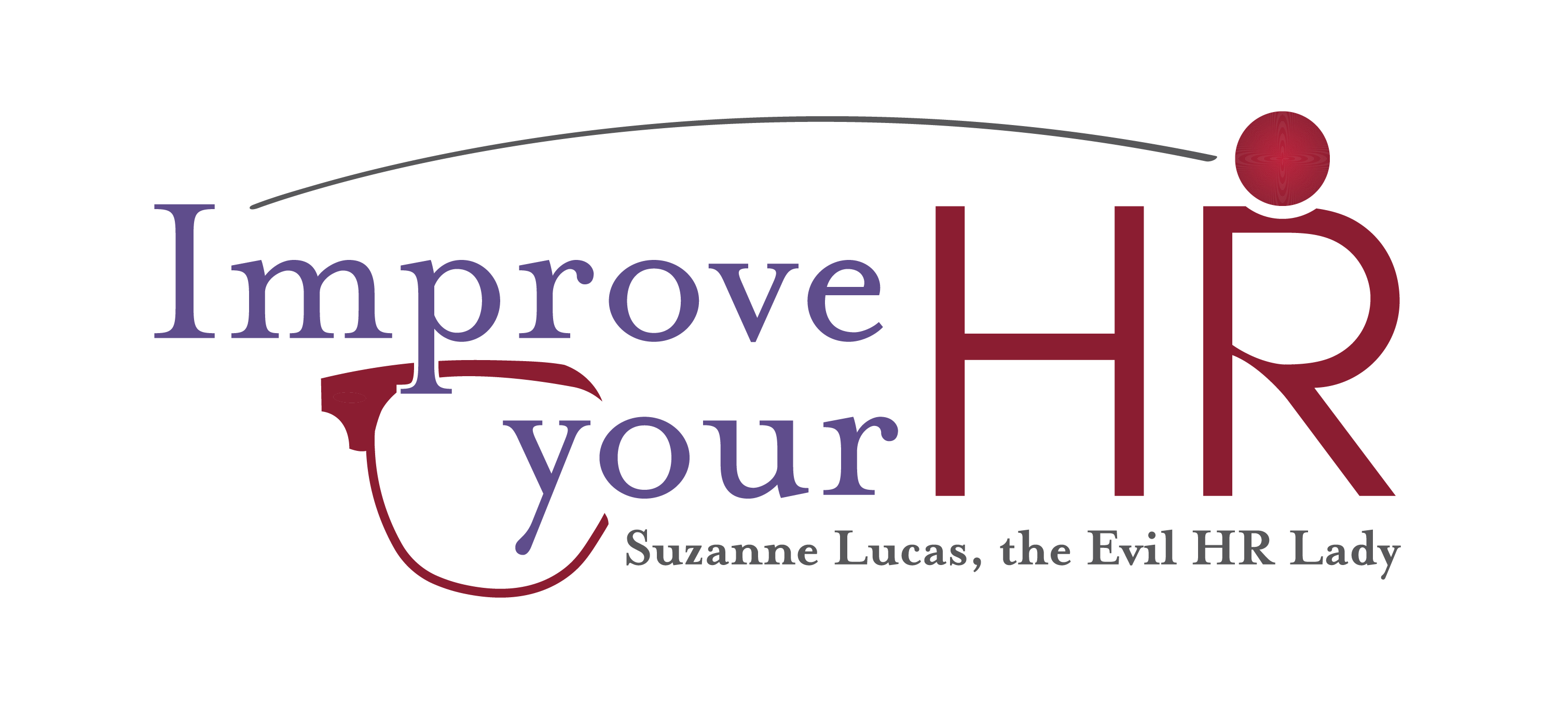Some businesses run better when people work together in the same space. If your business is one of them, and you are bringing people back to the office, it will be just as much of a challenge as it was to send everyone home in 2020. You’re bound to make some mistakes. Here are five big ones to avoid:
1. Assume people didn’t want to return to the office.
I’ve worked at home, exclusively, for 13 years but having my oldest do online school has had me missing a nice office where no one asks me about clean laundry. Some people are grateful to be back in the office.
If you assume that everyone is miserable and constantly apologize for returning to the office, you’ll get people focused on the downside. Just be straightforward: We work best when we’re together, and I’m so happy to have everyone back in the office!
To keep reading, click here: Five Mistakes Bosses Will Make When People Return to the Office

6. Not requiring COVID-19 vaccinations; and
7. Not requiring masks when employees are not socially-distanced.
Remember, the CDC considers someone exposed to COVID-19 if they have spent a cumulative 15 minutes — IN A 24-HOUR PERIOD — within 6 feet of an infected individual. Employers have a general duty under OSHA to provide their employees a safe workplace. Going to work shouldn’t be the moral equivalent of attending a so-called Superspreader event. By adhering to CDC protocols, employers not only provide the safest possible workplace for their employees, but also benefit the business by minimizing the amount of absenteeism due to COVID-19 quarantines (or, worse yet, illnesses) and the costs of deep-cleaning following positive test results.
“We work best when we’re together,” is a highly debatable statement. There are so many of us that have been working just fine, and collaborating much more from home than we ever would have in the office. In fact, prior to remote work, my workplace didn’t use Zoom or other video conferencing. I was exclusively on the telephone with my clients. Now, I see them more than I ever have. The whole notion that people need to be in the same place to collaborate is outdated and simply untrue.
I agree that you don’t have to have “butts in seats” in order to supervise employees. However, what is missing in remote working are those “accidental” encounters that occur in elevators, copy and mail rooms, the proverbial water cooler, etc. Such unplanned meetings frequently lead to exchanges that benefit not just individual worker morale and cohesion, but also the enterprise of the business. And, those types of meetings would never occur over ZOOM.
They can occur over an instant message channel though. If your instant message is tagged “available” then I know I can say, “Hey grannybunny, got a minute to chat?” in the same way that I might stop by your office on my way back from getting coffee. And you can say, “Sure. How’d the kid’s game go last night?” if you’re up for a friendly chat, or “How’s the XYZ project going?” if you want to stick to business. And then if we really get into it, one of us might say, “Mind if I phone you?” If your instant message service is tagged “Busy” I’ll know to wait until later to chat. When a remote team gets in the habit of doing that it’s just as comfortable and friendly as being in the office.
Obviously, workplaces vary. My assigned workplace has hundreds of employees. I have met numerous strangers here — whom I would never, otherwise, know to contact — and engaged in casual, unplanned, conversations (generated simply because we happened to, unexpectedly, find ourselves in the same physical space). As a result, we sometimes formed bonds, gained useful information and otherwise networked in a manner helpful to us both personally and professionally, which benefitted our organization. Without those in-person encounters, no relationship would have formed that would have led to a ZOOM invite (Instant Messaging is no longer used at our Agency).
Also: returning to butt-in-seat as the main performance measure.